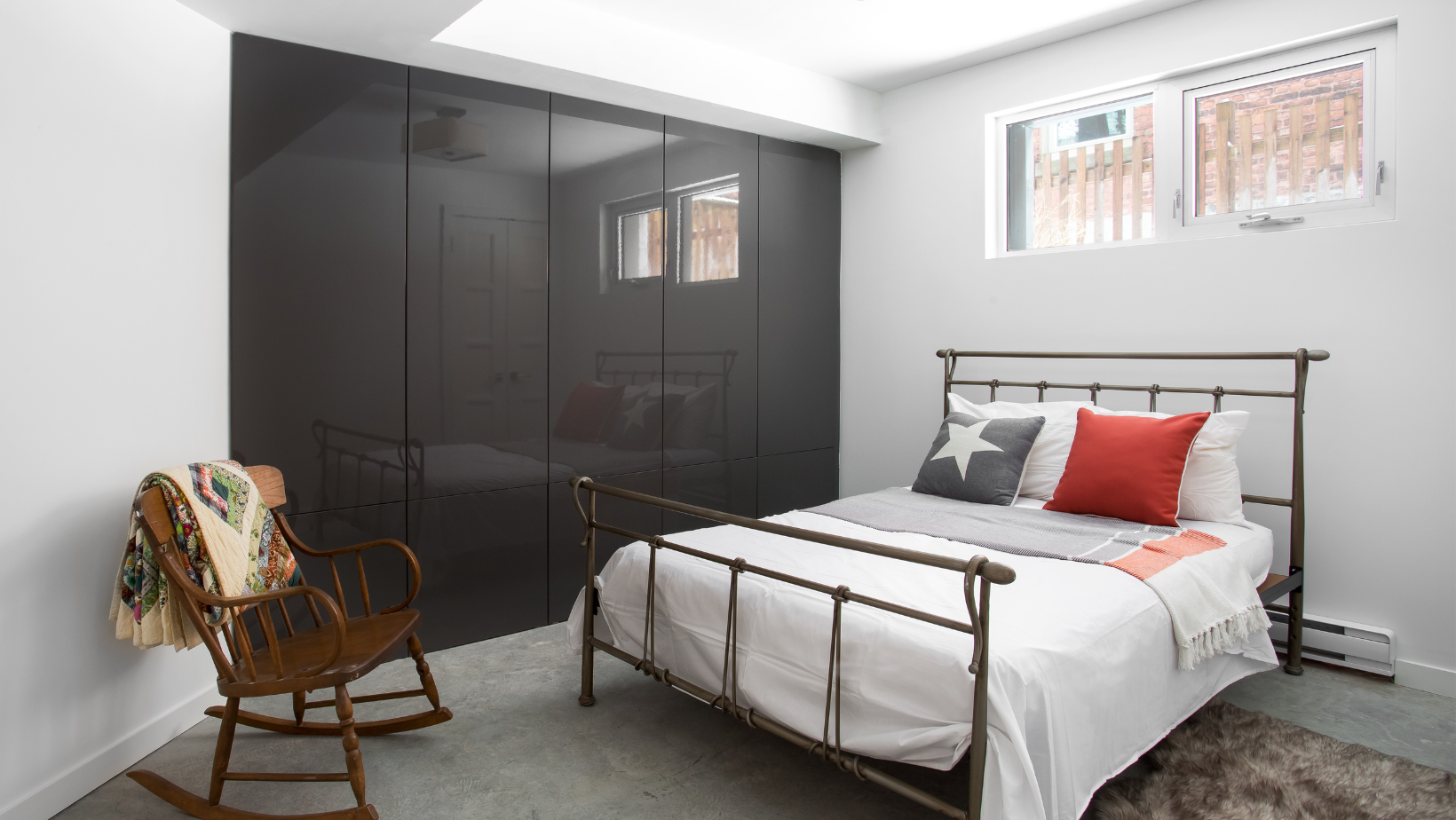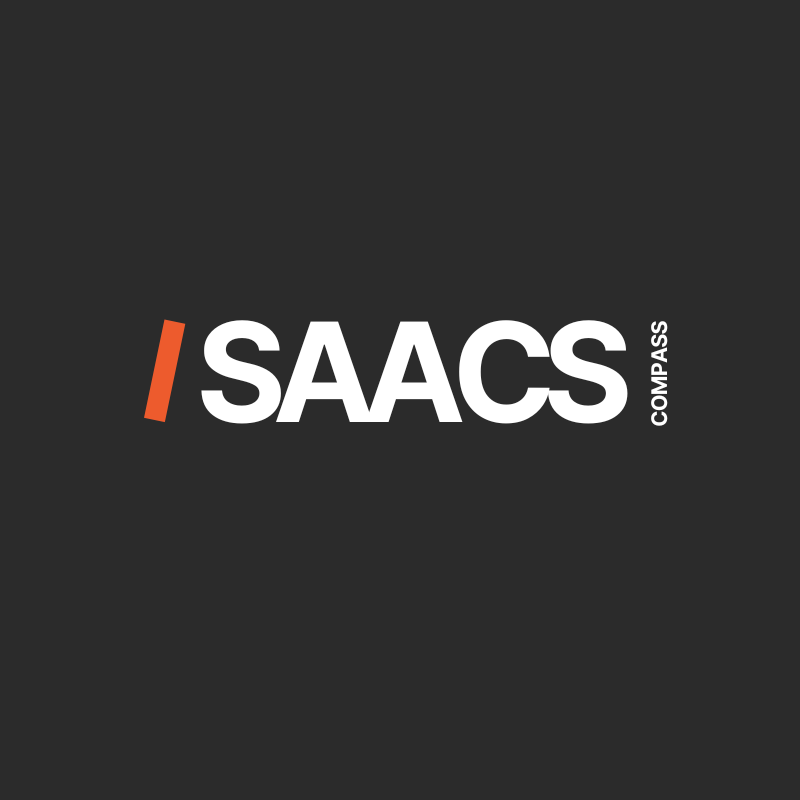Is Your DC Bedroom Legal?
Legit, a den, basement bunkhouse, glorified closet, or totally illegal?
How is a DC bedroom legally defined? Code says; As “Any room or space used or intended to be used for sleeping purposes in either a dwelling or sleeping unit.” But there are specific code requirements, too.

Read Before Rehabbing
Whether you’re planning to carve a bedroom out of an efficiency corner, convert your basement to a rental, or stretch the bounds of a den to qualify as a bedroom for resale, it’s important to start with a sold understanding of District of Columbia codes for legal bedrooms.
Consult with an architect, contractor and the Department of Buildings befor eundertaking renovations.
Work With Us
We promote transparency, fairness and outstanding value for your DC real estate representation.
Chat on Whatsapp
Bullet Points
- Check DC housing standards before making plans
- Measure floor area of sleeping spaces
- Make sure legal access is allowed for bedrooms and baths
- Measure windows for regulation szes and height
- Review requirements for light & ventilation
Components Of A Legal DC Bedroom
Basic Code Requirements For DC Bedrooms
Size
Single-occupancy bedrooms must be a minimum of 70 SF of floor space, and 7′ in one direction. For each additional person occupying the same room, add 50 additional SF to the floor space requirement. Ceilings must be a min. of 7′ in height, or in the case of sloped or drop-ceilings, a 50%-plus portion must be at least 7′
Access
Direct bedroom access must be available from a common space or hallway, not via another bedroom or bath
Floors
Floors shall be in good repair and maintained free from hazardous conditions.
Lighting And Ventilation
Every space intended for human occupancy must have natural light by means of exterior glazed openings in accordance with Section 1205.2 of the Building Code and artificial light may not be used to meet the lighting requirements for bedrooms, living rooms and/or sleeping units. Windows must have a total combined glass area of at least 8% of the floor area, and the combined opened window area should be at least 4%
402.1.1.1 Adjoining Spaces
For the purpose of natural lighting, any room is permitted to be considered as a portion of an adjoining room where one-half of the area of the common wall is open, unobstructed, and provides an opening of not less than 1/10th of the floor area of the interior room or 25 Sqft, whichever is greater. It is permissible for glazing to fill a portion or all of the required opening between adjoining spaces. It is permissible to install doors in openings between adjoining spaces. However, opaque portions of doors will not contribute to meeting the minimum opening requirement of not less than 1/10th of the floor area of the interior room or 25 square feet, whichever is greater. Exception: Openings required for natural light are permitted to open into a sunroom with thermal isolation or a patio cover where the common wall provides a glazed area of not less than 1/10th of the floor area of the interior room or 20 Sqft, whichever is greater.
Privacy
Bedrooms and bathrooms must have privacy, and be separate from adjoining spaces. Such rooms to be arranged so that occupants can access common space without going through another room.
Electrical Outlets
Every habitable space in a dwelling must contain at least two separate and remote-receptacle outlets. Every laundry area and bathroom must contain at least one ground-type receptacle or a receptacle with a ground-fault-circuit interrupter.
Heating
Heat: Heating equipment must maintain a minimum temperature of 68° F in all habitable rooms and bathrooms between October 1 and May 1. With a two-pipe system, or any other system reasonably requiring more than 15 days to transition from air-conditioning to heat, the heat must be supplied during a period starting no later than October 15 and ending no earlier than May 1.
Air Conditioning
AC system must be maintained during the period no later than May 15 and ending no earlier than September 15. The inside temperature in rooms that the system is intended to serve must equal the greater of 78° F or at least 15° F less than the outside temperature.
Fire Safety
Smoke detectors are required in every sleeping room, on every level, and in the vicinity of all sleeping rooms.
Carbon monoxide detectors are required in the vicinity of all sleeping rooms where there is a fuel-burning appliance or in a building that has an attached garage.
Additional Code Requirements
Paint
Peeling, chipping, flaking, or abraded paint must be repaired, removed, or covered on windows, window frames, doors, door-frame walls, and ceilings. Pre-1978 structures must be lead-free.
Interior Surfaces
All interior surfaces must be maintained in good, clean, dry, and sanitary conditions. Cracks, loose plaster, holes, decayed wood, water damage, and other defective surfaces are not allowed.
Plumbing
All plumbing fixtures must be properly installed and maintained, and free from obstruction and leaks.
Egress
Emergency exits include doors that lead outdoors, or at least one window min. 24″ in height by 20″ in width, with an opening of at least 5.7 SF. Installation must be higher than 44″ from floor, and no lower than 24″ to prevent child access.
Windows & Screens
Windows must have screens from March 15 to November 15. Every window and skylight must be kept in sound condition, in good repair, held in position by window hardware, easily openable, and weathertight.
Window Bars
Bars on windows in sleeping rooms shall be releasable or removable from the inside of the room without the use of a key, tool, or force greater than that which is required for normal operation of the window.
Additional: General Property Requirements
Bathrooms
A bathroom must be private and have natural or mechanical ventilation. It must have a bathtub or shower, water closet, lavatory with hot water with a minimum temperature of 110° F), and cold running water. It must also have a waterproof floor and wall base.
Rodents
All rental dwellings must be free of insects and rodents.
Cleanliness
Dwellings shall be maintained in a clean and sanitary condition.
Doors
All doors’ hardware and operating systems shall be maintained in good condition. All doors accessing the dwelling shall be equipped with a deadbolt lock without the use of a key or special knowledge for use from inside of the dwelling.
No Utilities
It is a code violation for a dwelling lacking utilities (water, gas, and electricity) to be occupied.
Hot Water
Water-heating facilities shall be properly installed, maintained, and capable of providing an adequate amount of water to be drawn at every lavatory, sink, bathtub, shower, and laundry facility. The minimum temperature of the water shall be 110° F as measured inside of the resident’s unit.
Cooking Room
All facilities provided by the landlord for cooking, storage, or refrigeration of food must be maintained in a safe and good working condition. Any cooking-room sink must have cold water and hot water available at a minimum temperature of 110° F for running water.
Stairs
Stairs shall be in good repair and maintained free from hazardous conditions. Handrails and Guardrails: Interior flights of stairs having more than three risers shall have a handrail on one side of the stair and every open portion of the stair. Walking surfaces, more than 30 inches (762 mm) above the floor or grade below, shall have guards.
Rodents
All structures and exterior property must be kept free from rodent harborage and infestation.
Foundation Walls and Exterior Walls
Foundation walls and exterior walls must be maintained plumb and free from open cracks and breaks.
Structural Members
Structural members shall be maintained free from deterioration and be capable of supporting the imposed dead and live loads.
Sanitation
The exterior of any structure and the outside property must be maintained in a clean, safe, and sanitary condition.
Porches, Decks, Balconies, and Stairways: Porches, decks, balconies, and stairways must be maintained structurally sound, in good repair with proper anchorage, and capable of supporting imposed loads.
Handrail and guardrails
Exterior and interior flights of stairs having more than three risers need a handrail. Guardrails shall be installed on balconies, porches, decks, ramps, and other walking surfaces. Walking surfaces, more than 30 inches (762 mm) above the floor or grade below, shall have guards.
Weeds
Properties shall be maintained free of weeds or plants growing in excess of 8 inches.
Roofs
Roof drains, gutters and downspouts shall be maintained in good repair and free from obstructions. Roof water shall not be discharged in a manner that creates a public nuisance. The roof and flashing shall be sound and tight and shall not have any defects that admit rain.
Trash
All structures and exterior properties shall be free from the accumulation of rubbish or garbage.
Sidewalks and Driveways
All sidewalks, driveways, walkways, parking spaces, and similar areas are to be maintained, free from hazardous conditions, and kept in a proper state of repair.
Wood Surfaces
All exterior wood surfaces including doors, door frames, windows, windows frames, trim, and fences shall be protected by covering or treatment. Peeling, chipping, and flaking paint shall be repainted. Pre-1978 structures must be lead-free.
Grading and Drainage
All premises shall be graded so that all storm drainage flows freely from all parts of the premises into an inlet or place of disposal.

